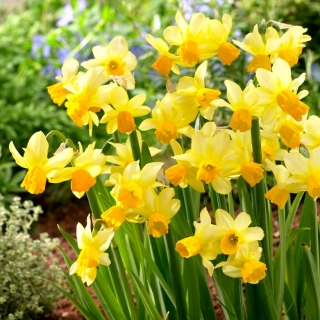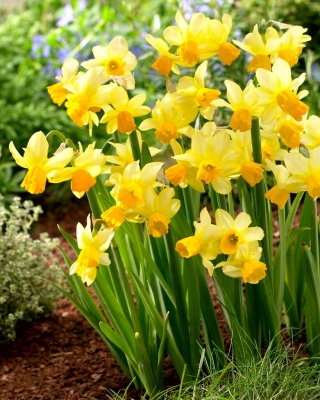- US Dollars ($)
- Euro (€)
- GB Pound (£)
- Chinese Yuan (元)
- Swedish krona (kr)
- Russian ruble (₽)
- Hong Kong dollar (HK$)
- Norwegian krone (kr)
- Indian rupee (₹)
- New Taiwan dollar (NT$)
- Danish krone (kr)
- Hungarian forint (Ft)
- Saudi riyal (SR)
- Bulgarian lev (лв)
- Czech koruna (Kč)
- Israeli shekel (₪)
- Indonesian rupiah (Rp)
- Japanese yen (¥)
- Korean won (₩)
- Malaysian ringgit (RM)
- Romanian leu (leu)
- Swiss franc (Fr.)
- Serbian dinar (din)
- Vietnamese đồng (₫)
- Ukrainian hryvnia (₴)
- Turkish lira (₺)
- Thai baht (฿)
- CAD Dollars ($)
- English
- German - Deutsch
- French - Français
- Spanish - Español
- Italian - Italiano
- Swedish - Svenska
- Norwegian - Norsk
- Danish - Dansk
- Nederlands
- Estonian - Eesti keel
- Finnish - Suomalainen
- Hungarian - Magyar
- Latvian - Latviešu valoda
- Lithuanian - Lietuvių
- Portuguese - Português
- Bulgarian - български
- Czech - Čeština
- Croatian - Hrvatski
- Romanian - Română
- Slovak - Slovák
- Slovenian - Slovenščina
- Categories
-
Seeds
-
Vegetable Seeds
-
Flower Seeds
- Herb Seeds
- Sprouting Seeds
-
Flower Bulbs
-
Garden Equipment
-
At home
- Around home
-
Fertilizers
-
- All-purpose fertilizers
- Autumn and winter fertilizers
- Blueberry fertilizers
- Boxwood fertilizers
- Bulb plants' fertilizers
- Grass and lawn fertilizers
- Citrus plant fertilizers
- Compost
- Conifer fertilizers
- Dolomite and lime fertilizers
- Dry powder fertilizers
- Fertilizers for balcony and terrace plants
- Fertilizers for moss-infected lawns
-
- Fertilizers in pump sprayers
- Fertilizers in watering cans
- Fertilizers sticks
- Fertilizers with leaf shine
- Flowering plant fertilizers
- Fruit fertilizers
- Fruit tree fertilizers
- Garden plant fertilizers
- Geranium fertilizers
- Green plant fertilizers
- Herb fertilizers
- Home plant fertilizers
- Hydrangea fertilizers
-
The Eaton Song daffodil is a miniature beauty that produces two or three flowers on one stem. Subtle, bright flowers of this variety are second to none. They delightfully adorn borders, rock gardens, and containers. Juicy yellow petals of the flowers turn pale yellow as they mature, creating a luminous halo around cups. The Eaton Song variety is appreciated by gardeners and greenery designers for its charming appearance and very pleasant, spring fragrance that it presents in March and April. Low growing, thirty to thirty-five centimetres (twelve to fourteen inches) tall plants can decorate any garden, either in larger plantings or in combination with other daffodil varieties. Eaton Song allows you to create amazing compositions that will be remembered for a long time.
Durable and easy-to-care-for daffodils are perfect flowers to start a gardening adventure. Prepare a well-drained, humus-rich, and moderately moist soil for growing daffodils. The site should be sunny or partially shaded. Plant narcissus bulbs from mid-August throughout September. When planted at that time, they become a chance to adapt well to garden conditions and produce beautiful flowers next spring. Weeding, maintaining proper soil humidity, and fertilizing with complex fertilizers belong to essential care of all bulbous plants, including daffodils.
Each package contains five bulbs of the Eaton Song daffodil. Basic plant facts and growing tips were printed on the package label.
- Variety: Eaton Song
- Use: ornamental - garden, cut flower
- Growth form: dwarf
- Flower colour: yellow
- Vegetation form: perennial
- Site: sunny or partial shade; well-drained, humus-rich, moderately moist soil
- Bulbs: 5
- Height: 30 to 35 centimetres
- Flowering period: March to April
- Planting period: August and September
- Wintering in the ground?: yes
New



My account
Store
Customer information
Information

© -2024 Gardenseedsmarket.




